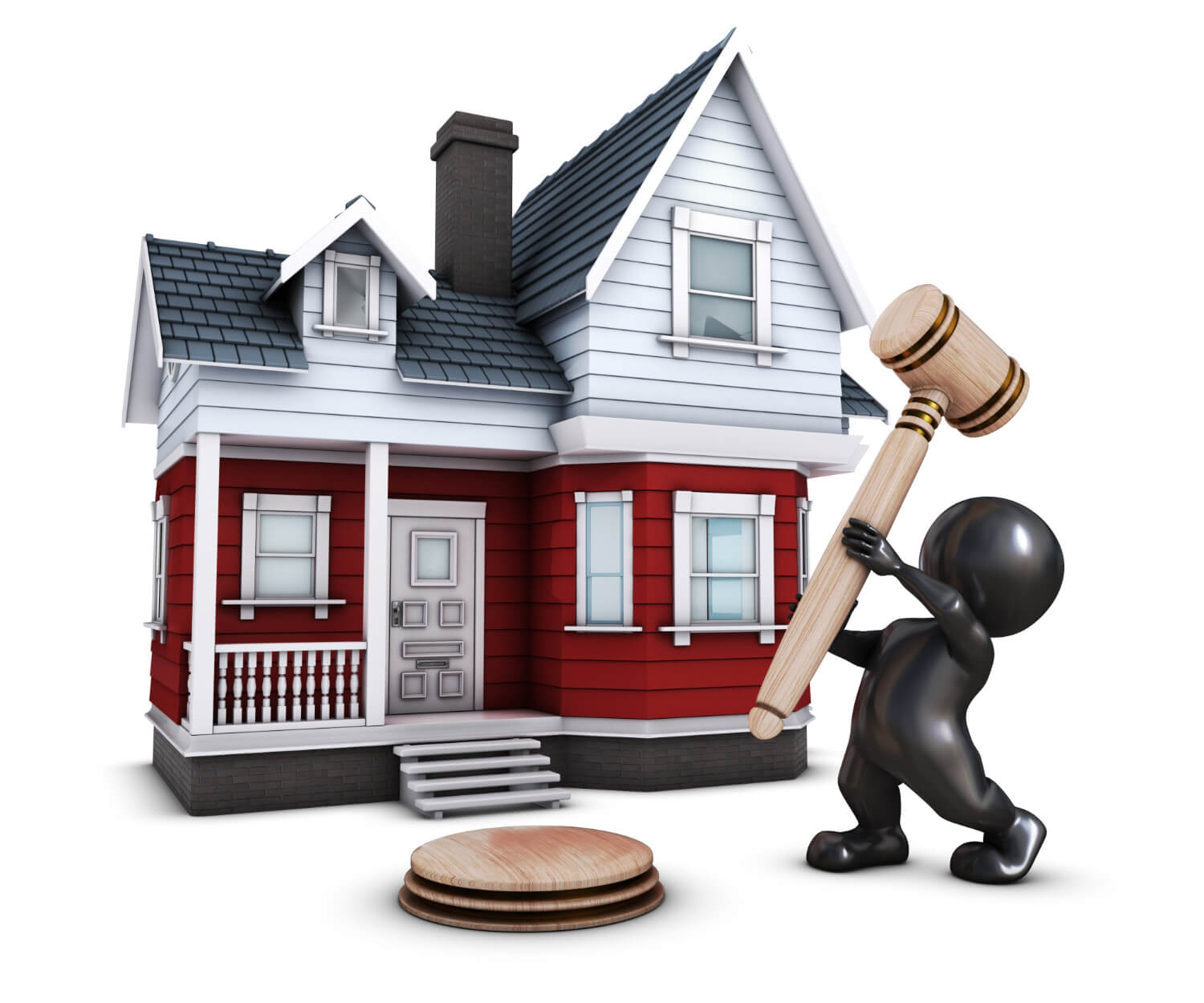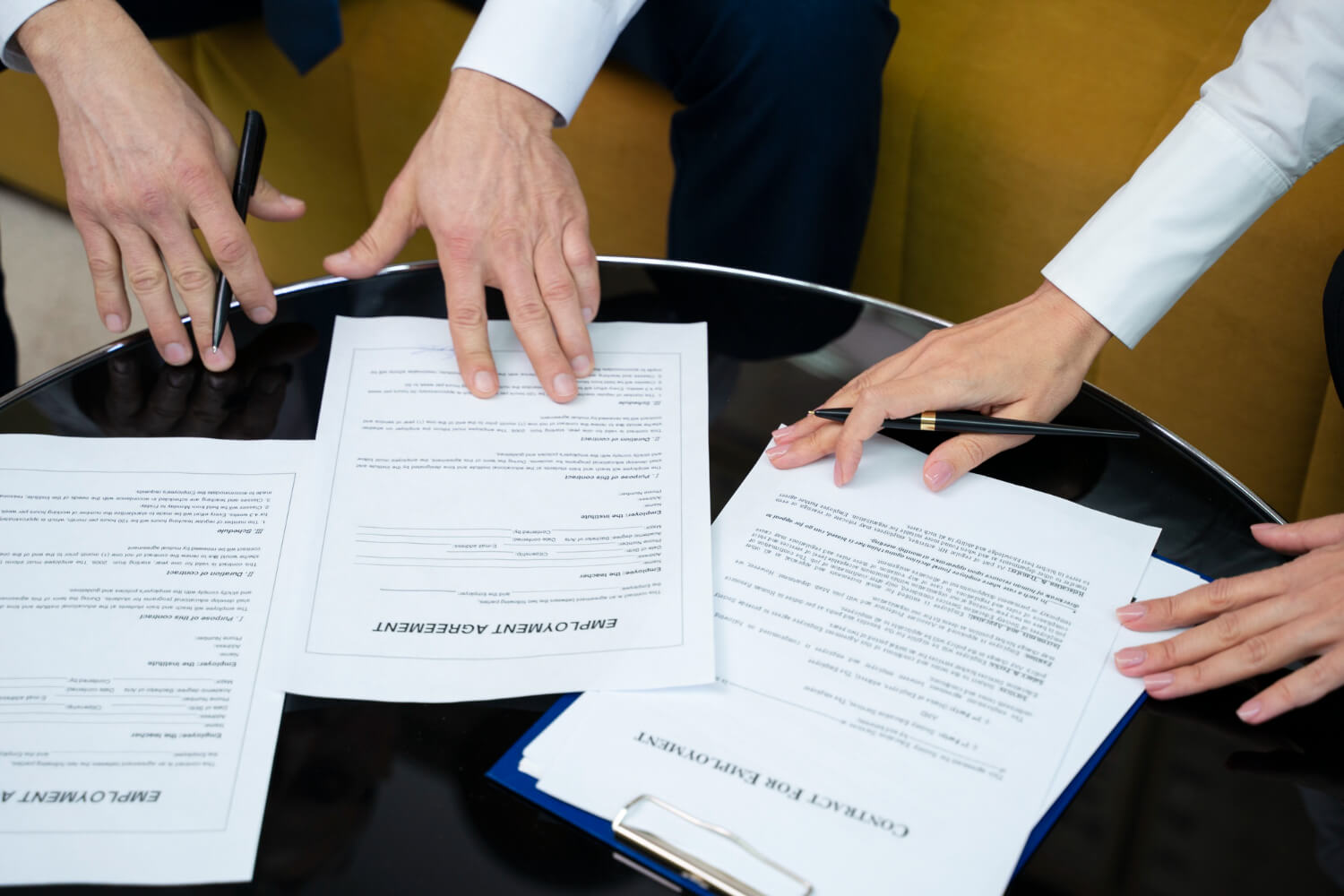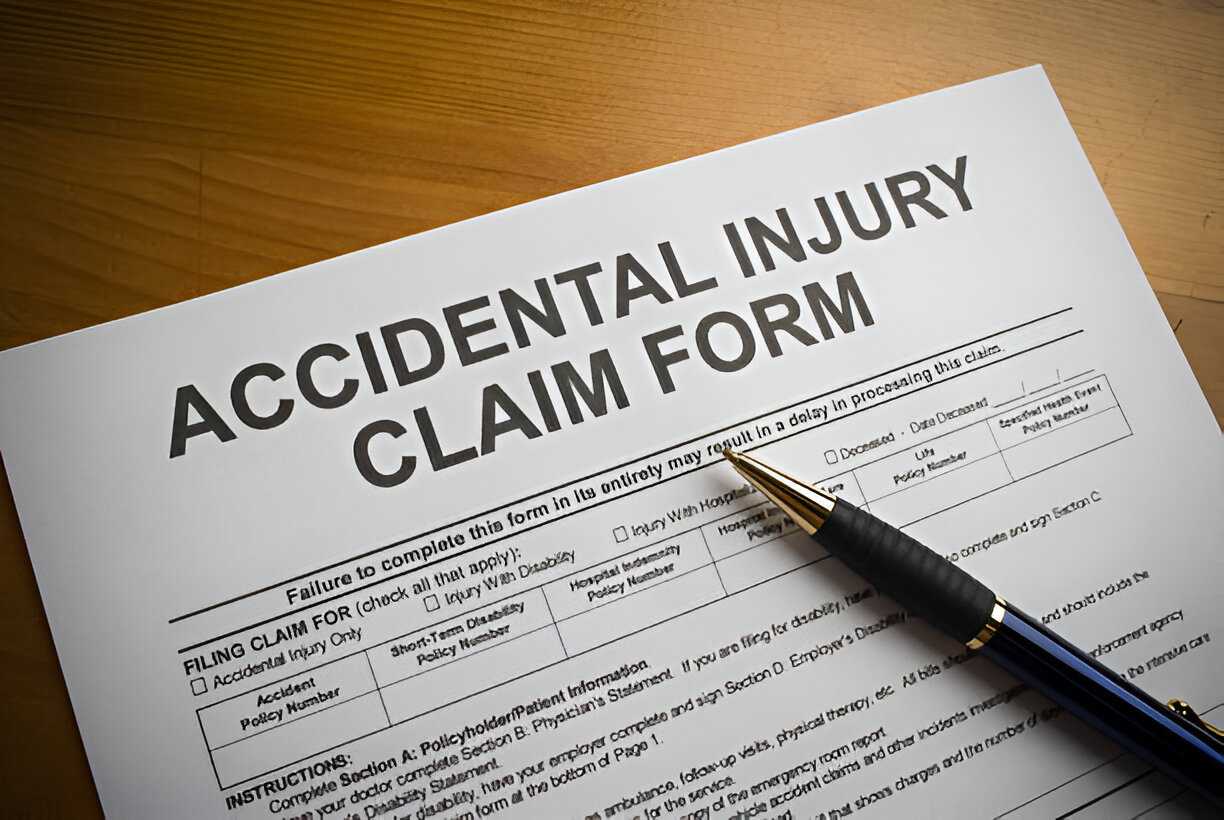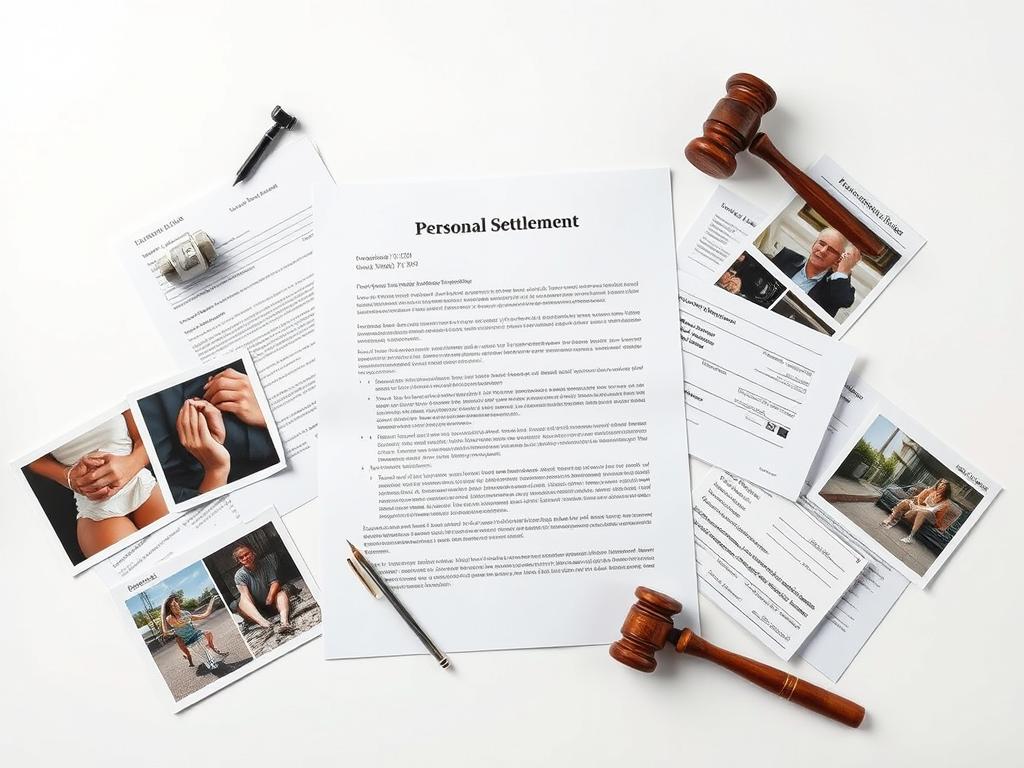Premises Liability Settlement Calculator
[rank_math_breadcrumb]
If you’ve been injured due to hazardous conditions on someone else’s property, determining your potential compensation is an essential first step. Our Premises Liability Settlement Calculator provides an estimated value based on key factors specific to your situation. While this tool generates an approximation rather than a guaranteed amount, it offers valuable insight to help evaluate whether legal consultation is warranted.
This calculator analyzes your inputs against data from comparable premises liability settlements nationwide. Though not a substitute for professional legal assessment, it helps quantify possible compensation for your specific injuries and losses.
Enter the total amount you’ve spent on medical treatment related to your premises liability injury. This includes emergency room visits, diagnostic tests, surgeries, specialist consultations, physical therapy, and any other medical costs directly resulting from the property hazard.
Enter wages, salary, commissions, or other income you’ve lost due to your premises liability injuries. This includes time missed for medical appointments, recovery periods, and any reduction in work capacity caused by your injury.
If your injuries will prevent you from returning to your previous employment or will limit your earning capacity going forward, enter the estimated value of these future losses. Serious premises injuries such as spinal damage or traumatic brain injuries can significantly impact long-term earning potential.
Enter the projected costs of ongoing or future medical treatment related to your premises liability injuries. This may include additional surgeries, physical therapy, mobility aids, home modifications, or long-term care needs resulting from permanent injuries.
This factor reflects the severity of non-economic damages like pain and suffering. The multiplier typically ranges from 1.5 (for minor injuries) to 5 or higher (for severe, permanent injuries). The calculator applies this multiplier to your economic damages to estimate non-economic compensation.
This is the sum of your medical expenses, lost earnings, future lost income, and estimated future medical expenses. These are your actual financial losses resulting from the property-related injury.
This represents compensation for non-monetary losses such as physical pain, emotional distress, psychological trauma, loss of enjoyment of life, and inconvenience. The value is calculated by applying the damage multiplier to your economic damages.
$0
The estimated total value of your potential premises liability settlement, combining both economic and non-economic damages.
Get a free, no-obligation consultation with a premises liability attorney who can review your case details and help maximize your compensation.
Embed this calculator:
<div id="my-calculator"></div>
<script src="https://injuryclaimcalculator.us/wp-content/plugins/liability-calculator/liability-calculator.php">
</script>
<script>
loadCalculator('my-calculator');
</script>Note that your actual settlement may differ based on jurisdiction, applicable premises liability laws, property owner insurance coverage, and other case-specific elements not captured by the calculator. limits, and the specific circumstances of your accident.
Various factors can significantly impact premises liability settlements. Insurance policy limits often establish maximum recovery amounts regardless of actual damages. Comparative fault rules in your state may reduce compensation proportionate to your share of responsibility for the accident. Certain jurisdictions impose damage caps limiting specific compensation types, particularly in cases involving government-owned properties.
The condition’s visibility, duration of existence, and property owner’s response to similar previous incidents directly influence liability determination and settlement values.

Who bears responsibility for unsafe property conditions?
Premises liability cases involve several potential responsible parties depending on property ownership and control structures. Property owners bear primary responsibility for maintaining safe conditions, conducting regular inspections, and addressing known hazards within reasonable timeframes.
Property managers often assume contractual responsibility for day-to-day maintenance and safety oversight, potentially sharing liability with owners for condition-related injuries. Commercial tenants typically bear responsibility for hazards within leased spaces while landlords remain responsible for common areas including lobbies, stairwells, and parking areas.
Maintenance companies may face liability when contracted services are performed negligently, creating or failing to correct dangerous conditions. Government entities overseeing public properties bear responsibility subject to special immunity provisions and notice requirements that vary by jurisdiction.
Residential landlords face particular liability for violations of habitability standards, building code requirements, and specific tenant safety regulations. Liability determination requires examining control over the hazardous condition, knowledge of the danger, reasonable opportunity to correct it, and foreseeability of resulting harm.
What visitor status classifications affect premises liability recovery?
Does your classification as a property visitor impact your potential recovery? Premises liability law traditionally categorizes injured parties into distinct status categories affecting the duty of care owed by property owners.
Invitees enter property for business purposes beneficial to the owner, including store customers, restaurant patrons, or business clients. This highest status category receives maximum protection with owners owing duties of reasonable inspection, warning of known hazards, and prompt correction of dangerous conditions.
Licensees enter property with permission but primarily for their own purposes, such as social guests or service providers. Property owners owe licensees warnings about known dangers but typically lack affirmative inspection duties under traditional frameworks.
Trespassers enter without permission and historically received minimal protection except from intentional or willful injury. Many jurisdictions now recognize exceptions for child trespassers under attractive nuisance doctrines, particularly regarding swimming pools, construction sites, or abandoned properties with foreseeable child attraction.
Approximately half of states have abolished these traditional categories in favor of a uniform reasonable care standard applied to all lawful visitors. Even in jurisdictions maintaining status distinctions, modern courts increasingly focus on condition foreseeability and reasonableness of owner response rather than rigid status-based duties.


State-by-state legal time limits for filing premises liability claims
Premises liability claims face strict legal deadlines that vary significantly by property type and ownership. While most states allow 1-3 years to file personal injury lawsuits, claims against government-owned properties often require formal notice within just 60-180 days.
Missing these critical deadlines can permanently bar your right to compensation. For a complete breakdown of filing deadlines in all 50 states, including special requirements for public properties, discovery rule applications for hidden hazards, and provisions for minors, visit our comprehensive Accident Statute of Limitations guide.
Remember that commercial property incidents may involve multiple potentially liable parties, each with different notification requirements.
What steps should be taken immediately after a property injury?
After sustaining an injury on someone else’s property, take specific measures to safeguard both your physical wellbeing and legal interests. Seek medical evaluation promptly regardless of apparent injury severity, as some conditions like concussions or internal injuries develop symptoms gradually. Report the incident to property management or ownership, ensuring formal documentation.
Document the hazardous condition thoroughly through photographs capturing the specific danger, surrounding area context, and any relevant warning signs or their absence. Collect contact information from witnesses who observed either the condition or the injury occurrence. Preserve injury-related evidence including footwear and clothing if relevant to demonstrating accident circumstances.
Request copies of any incident reports created by the property owner or manager. Maintain complete records of all medical consultations, retain copies of all healthcare documentation, and adhere strictly to treatment recommendations. Avoid social media discussion of the incident and decline recorded statements to insurers without legal counsel.
Document all financial impacts including medical expenses, lost income verification, and property damage. Contact a premises liability attorney before communicating further with property owner representatives or insurance adjusters, especially regarding settlement offers or liability questions.


When is legal representation advisable for premises liability claims?
What circumstances indicate the need for attorney consultation in your property injury case? Consider securing legal representation when confronting disputed liability situations, significant injuries, or cases involving corporate or government property owners. Attorney involvement becomes particularly crucial with injuries requiring extensive treatment or resulting in permanent impairment.
Premises liability cases present unique challenges including rapid condition remediation often destroying evidence, complex building code compliance issues, and property-specific insurance coverage questions. Experienced counsel accurately values your claim by calculating complete current and projected financial losses while ensuring appropriate compensation for non-economic damages.
Cases involving limited or disputed documentation of the hazardous condition benefit significantly from prompt attorney investigation. Legal representation ensures proper evidence preservation notices, witness statement collection, and sometimes expert analysis of applicable safety standards.
A qualified premises liability attorney identifies all potentially responsible parties, navigates comparative negligence assertions, and addresses jurisdiction-specific legal requirements affecting recovery. Most property injury lawyers provide complimentary case evaluations and operate on contingency fee structures, eliminating upfront costs while aligning attorney compensation with successful outcomes.